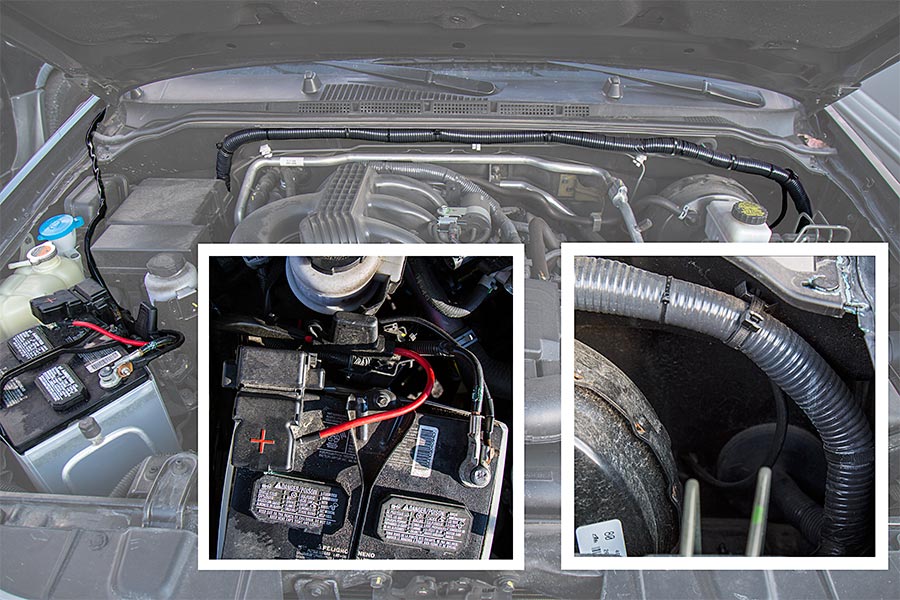The ATM system is built around the highly reliable AT89C52 microcontroller, which serves as the central control unit. To store sensitive information such as passwords and account balances, the FM24C02 EEPROM with an I2C interface is used, ensuring secure and stable data retention. The system utilizes a 128x64 LCD display to provide visual feedback on the machine’s status and user instructions, enhancing the overall user experience.
The software was developed using C51, a language known for its portability and readability, making it easier to modify and expand the system's functionality. The entire simulation of the ATM was successfully implemented using Proteus software, allowing for efficient testing and debugging before moving to actual hardware development. This approach significantly reduces the complexity and time required for MCU program debugging on physical hardware.
An Automated Teller Machine (ATM) is a modern electronic device that enables users to perform banking tasks such as cash withdrawal, balance checking, and password changes independently. Its convenience and reliability have made it a popular choice among users. This paper presents a simulated ATM system designed to replicate the basic operations of a real ATM, including withdrawal, balance inquiry, password modification, and card insertion. The simulation is carried out using Proteus and Keil μVision3, providing a practical way to understand the working principles of an ATM system.
The overall system architecture consists of several key modules: a microcontroller module, an LCD display module, a keyboard input module, a storage module, and a buzzer circuit. Each component plays a vital role in ensuring the smooth operation of the system. The microcontroller manages the entire process, while the LCD provides the user interface. The keyboard allows for inputting and modifying passwords, and the storage module securely holds the bank card information. The buzzer gives audio feedback during operations, improving user interaction.
In terms of hardware design, the system uses Atmel’s AT89C52 microcontroller, which is connected to an FM24C02 EEPROM for data storage and a 128x64 LCD display for output. The LCD module is a Chinese character graphic display capable of showing both text and images, with a built-in library of 8192 Chinese characters and 128 ASCII characters. It supports both 8-bit parallel and serial interfaces, offering flexibility in integration with the microcontroller.
The FM24C02 EEPROM has a capacity of 2048 bits organized into 256 bytes, making it ideal for storing passwords and transaction amounts. The connections between the microcontroller and other components are carefully designed. For example, the P0 port of the AT89C52 is connected to the LCD’s data bus through pull-up resistors, enabling data transfer. The P1 port controls the card-related functions, while the P2 port handles the LCD’s control signals. The P3 port is used for scanning the keyboard and triggering the buzzer when an action is completed.
This detailed design ensures that the simulated ATM closely mirrors the behavior of a real-world system, making it an effective educational tool for understanding embedded systems and their applications in financial technology.
- Universal fit: compatible with all automobiles, boats and devices equipped with a 12V power source
- CIRCUIT PROTECTION: Power relay-safety protection and conversion circuit. Blade fuse protects the circuit when overcurrent or short circuit occurs.
- ILLUMINATED SWITCH: 3 pin on/off rocker switch with red indicator light when truing on, easy to turn on or off, has been passed test of 5, 000 times pressing.
- TWO AVAILABLE LEADS: With 2 sets of light output connectors for dual lighting fixtures less than 180W, the connection is more stable.
- PACKAGE INCLUDE:1 x Wiring Harness Kit ,1 x Instructions,
-


Light Wire Harness,Light Bar Wiring Harness,Led Light Bar Wiring Harness,Led Light Wiring Harness
Dongguan YAC Electric Co,. LTD. , https://www.yacentercn.com
